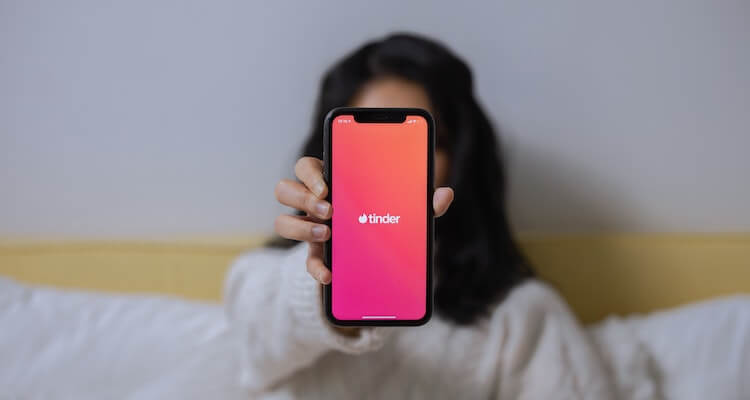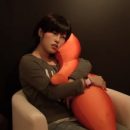Disclosing Trans-ness on Dating Apps
“My disclosure didn’t have to be an act of self-justification. It could be an assertion.”

Even though dating apps have opened up wonderful ways to meet and screen potential partners, they still present challenges to trans people.
Here’s how I grappled with being trans on dating apps, and where it led me.
It always starts with Tinder…
Back when I was still living as a man, I defaulted to Tinder for my online dating needs. I was a man interested in women. I belonged.
My transition was accompanied by a whirlwind of changes. I put Tinder down for half a year while figuring myself out. I relaunched it after reaching the ‘awkward stage’ of my transition (named after my hair at the time).
This stage was marked by interesting characteristics:
- I was still masculine-presenting, but there were already physical changes due to hormone treatment: Softer skin, breast buds, and fat settling into the derrière.
- Estrogen reduced the frequency of my erections to low, and I was searching for sex that did not focus on the penis.
- Crucially, my sense of self had shifted: I no longer wanted to be uncritically called a ‘man.’
You can see how I couldn’t just return to online dating as a guy. There would be questions, and I wanted to answer them truthfully.
This took me to the question that so many of us have: How do I tell people that I’m trans?
It’s describing, not justifying
Trans people often feel unsafe in dating. We are disproportionately targeted for harassment and violence. We also bear contemporary gay panic defenses used by some who kill us. Some of us internalize the stereotypes and start seeing ourselves as burdensome.
‘Sorry, but I’m trans.’
‘I’m trans. I hope that’s not an issue.’
My darling partner peered over my shoulder while I was reworking my Tinder profile (we’re in an open relationship) and we agreed on one thing: I would disclose my trans-ness, but I’d be doing it to describe myself, not to justify myself.
The motivation to do it for personal safety was still there. There was also the desire to filter out anyone not interested in a queer-and-kinda-masculine person.
However, my disclosure didn’t have to be an act of self-justification. It could be an assertion. It was an honest presentation of my changing self—a request to take what is offered or move on.
How and where to disclose
Tinder can be pretty heteronormative. It started as an app catered to ‘men’ and ‘women.’ While it has added an array of gender and sexuality options, its origins are still visible in the underlying mechanics.
At time of writing, Tinder still asks if you want to be shown to ‘men,’ ‘women,’ or ‘everyone.’ It behaves like a two-gender app, even if the glossy finish suggests otherwise.
There are alternatives. Apps like Her present far more interesting ways to describe yourself, such as the ever-amusing vagitarian. However, they suffer from small user bases, even in cities. My experience with Bumble was similar. I felt like my queerness was respected, but the user pool was impractically small.
RELATED READ: How Dating Apps Can Do Better For Non-Binary Users
Where am I now? Having left the awkward phase of transition for my flourishing phase, I’m still on Tinder.
My profile now uses the ‘trans woman’ gender category so everyone can see who they’re getting. I have it set to show ‘everyone.’ So many things start on Tinder and end there too.
My dear partner looks through my shoulder as I flip through profiles. I skip anyone without a bio, and we always pause upon seeing something absurd. We play Tinder bingo, watching for tropes and profile archetypes. Sometimes, a person catches my eye.
All those months of ruminating and experimenting… and I just feel like a bisexual woman on Tinder. Being trans sets me apart, but the underlying experience is the same: I’m just another woman flicking through Tinder.
Maybe the real disclosure was learning to be myself, and finding my sense of belonging on dating apps.
Image source: cottonbro

















